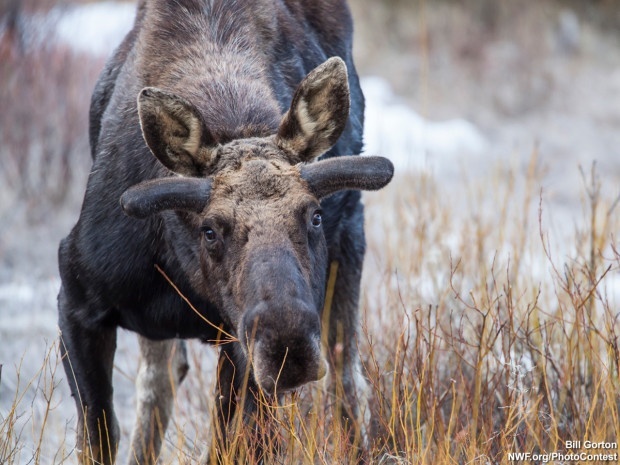We have much more to do and your continued support is needed now more than ever.
Tar Sands in our Tanks? Tracing Extreme Energy on its way to New England
So far, New England has remained virtually free of the extreme, polluting form of energy known as tar sands. Less than 1 percent of our fuel comes from the viscous, tarry, carbon-intensive substance that must be strip mined or steamed out of the ground in Northern Alberta, Canada.

If measures aren’t taken to prevent this, it will be a huge blow to regional efforts to move to cleaner fuels.
Tracing the Path
The report details how dirty tar sands will infiltrate the New England market if actions to prevent it aren’t taken.
From the Gulf Coast
Tar sands oil will make its way into our region’s fuel mix from refineries on the Gulf Coast, as well as refineries right here in the east. Gulf Coast refineries currently supply about 40 percent of our region’s fuels; nearly 100 million gallons of gasoline and diesel make their way here each day via the Colonial Pipeline, which delivers refined product to the Northeast market. Industry has plans to bring tar sands through new and existing pipelines to these refineries, including the recently opened Southern leg of the Keystone XL pipeline. As these refineries receive and process more tar sands crude, it will end up here.
From Here in the East
Another 45 percent of our region’s fuel comes from refineries in Quebec, Ontario, and elsewhere in eastern Canada. Many of those refineries, as well as several big regional U.S. refineries, are considering expanding or are already expanding their infrastructure to process tar sands crude. Tar sands will make it to these refineries if industry plans to bring more tar sands to Eastern Canada are not halted.
It is clear that absent measures to ensure our fuel mix is as clean as possible, tar sands oil will soon be a dramatically larger portion of it.
The impact could be devastating for regional efforts to reduce carbon pollution. Well to wheels, tar sands oil is close to 20-percent more carbon intensive than conventional gasoline. With 18 percent of our fuel coming from tar sands, we would increase regional greenhouse gas emissions by about 10 million metric tons–enough to effectively cancel out the entire target savings of the landmark Regional Greenhouse Gas Initiative.

Additionally, more tar sands being moved around the country means more communities will be subjected to the threat of a tar sands spill – at a time when we haven’t even fully cleaned up a devastating spill that happened in Michigan more than three years ago.
We can keep tar sands out of our gas tanks
New Englanders can prevent this massive affront to years of hard work, climate leadership, and taxpayer investment by rejecting carbon intensive fuels like tar sands and embracing cleaner transportation alternatives.
A primary step is to ensure tar sands-enabling projects–including a probable attempt to reverse the Portland-Montreal Pipe Line through Northern New England to carry tar sands, the Keystone XL pipeline proposal, and a major tar sands pipeline expansion in the Midwest – are denied, so the breakneck pace of tar sands expansion slows, signaling to investors that tar sands projects are uncertain and risky.
Additionally, we need to account for the fuel coming into our region. We should require tracking of tar sands fuel, and take stock of the carbon intensity of the gasoline and diesel that power our cars and trucks. This can be done by using public data, and requiring that fuel providers report the origin of the fuels they sell. Then, state leaders should enact policies that prevent an influx of carbon-intensive tar sands fuels.
Keep the Northeast Moving in the Right Direction
Those of us in Vermont, New Hampshire and Maine know that tar sands don’t belong in our energy future. New England has an opportunity to head off a future of dirtier fuels, and instead become a model for a clean energy future. But if we don’t act fast, we risk a moving in the wrong direction – back toward dirty energy – with dangerous climate change impacts.





















